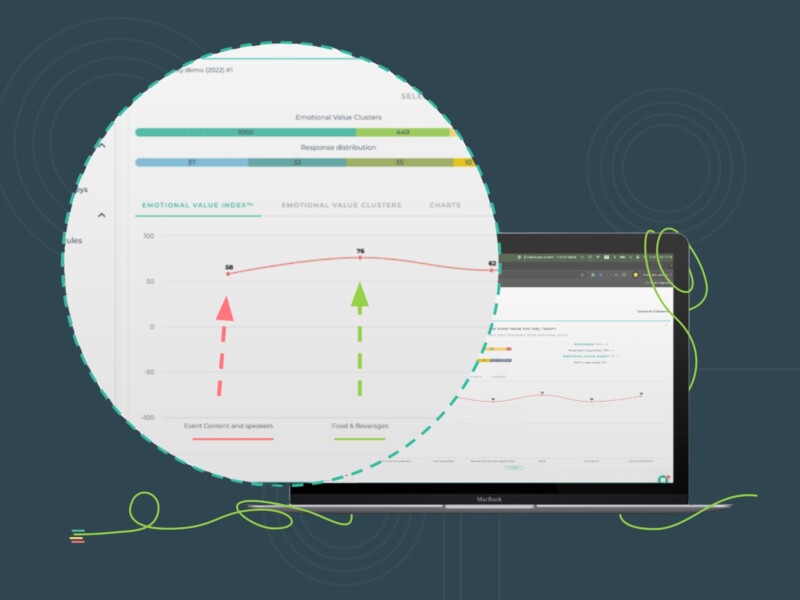Customer sentiment analysis remains a core element of feedback management for brands because it gives you critical insight into how your customers regard your brand and the product. It also helps you go deeper with your interpretations to understand your customer preferences and behavioral trends. Paired with other KPIs like EVI®, NPS, and CES, sentiment analysis can prove to be a critical tool for you to optimize the use of feedback, convert it to actionable information, and tailor your business strategies accordingly.
But, what is sentiment analysis? How does it work?
What is Customer Sentiment Analysis?
Customer sentiment analysis is the interpretation of customer opinions and emotions expressed in various forms of data. It is when you try to decipher the tone or emotion behind the texts or various forms of data – be it reviews, social media posts, or surveys.
Sentiment analysis is a natural language processing technique where a text is analyzed and ‘decoded,’ usually based on a predefined list of words with connotations of positive, negative, or neutral sentiments. Once the sentiments in each text are analyzed, the brands can aggregate the responses and see the overall score to determine the customer satisfaction level.
Why is Sentiment Analysis Important?
The benefits of customer sentiment analysis are manifold. Brands that hold customer experience at the core of all their strategies would want to understand their customers in and out to cater to their expectations accordingly. While metrics like C-SAT and NPS are essential, they don’t tap into one of the core drivers of customer behavior – emotions.
Sentiment analysis helps brands understand the nuances of customer preferences, address pain points, and improve their services or products accordingly. Insights from sentiment analysis can also help businesses understand their strengths and weaknesses as a brand and capitalize on new opportunities.
More importantly, sentiment analysis can be very beneficial for gauging customer emotions at different touchpoints in the buying journey and enhancing customer experience. By identifying negative sentiments beforehand, brands can take a proactive approach to addressing issues, preventing churn, and strengthening loyalty.
How Effective is Customer Sentiment Analysis?
While sentiment analysis has many advantages, the extent to which it can accurately identify customer emotions is limited. For one, the analysis is gathered from interpreting a piece of text, and the results depend on how well the language, context, and sentiments are understood by the interpreting tool. Secondly, the accuracy of the analysis depends on the quality of the data gathered. For example, if the feedback is poorly written, the sentiment analysis wouldn’t provide an effective result.
However, sentiment analysis, paired with a metric like the Emotional Value Index (EVI®) designed to measure emotional experience, can help brands turn customer emotions to their advantage. With EVI®, you can deep dive into negative and positive emotions, and including an open-ended question along the lines of ‘Why did you select this emotion’ can help understand the underlying reasons for the responses. Also, unlike text interpretation, EVI® is direct and to the point.
Using EVI® and Customer Sentiment Analysis
As our findings show, customer sentiment analysis and EVI® score have a strong correlation. With customer sentiment, you can gauge the overall tone and emotion reflected by your customers. But, you can go many steps further with EVI®. It accounts for a diverse range of emotions allowing brands to understand the severity or strength of the response. You can also measure emotions at different stages in the buying journey and streamline the experience to evoke positive emotions throughout.
Now, what’s important to note is that there’s a range of positive emotions, and if you are aiming for a measurable impact on business outcome, you need to identify and evoke the right ‘type’ of positive emotion that leads to bigger purchase baskets and higher revenue! If you like to know more about measuring emotions and their impact, get in touch with us.



